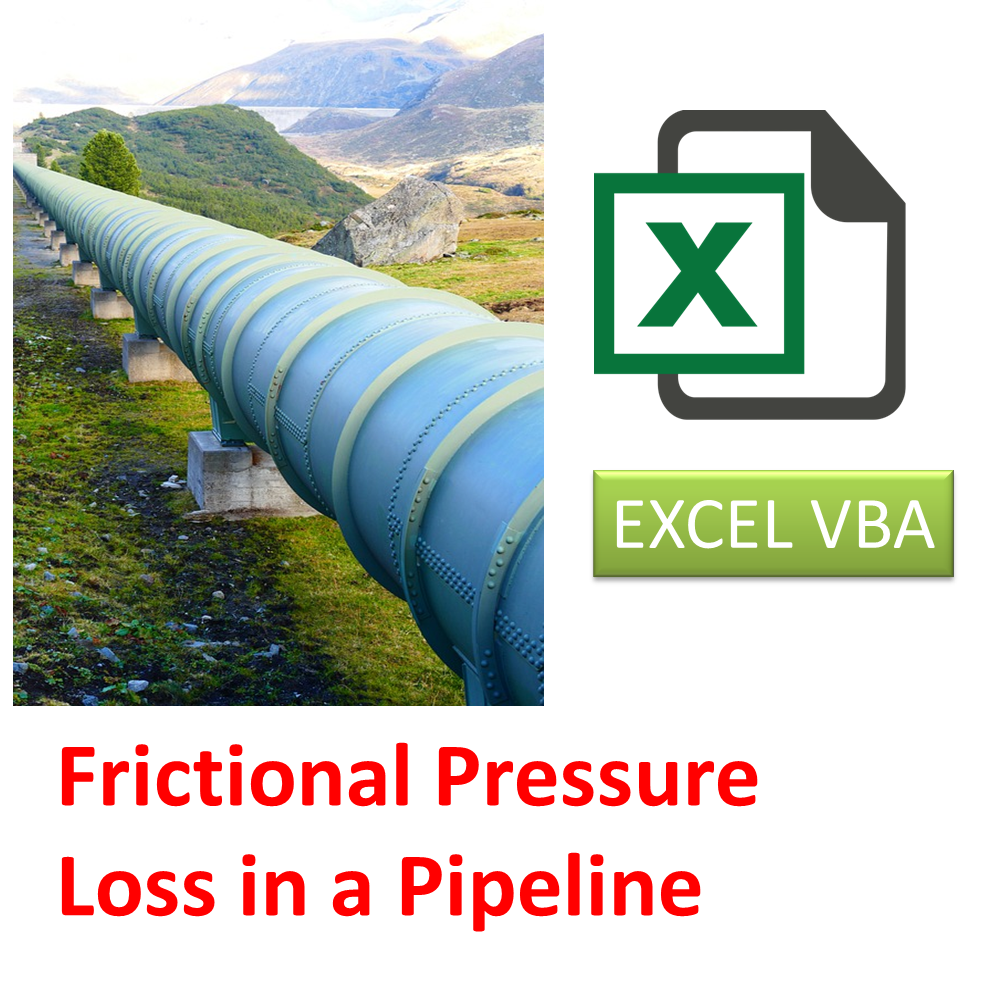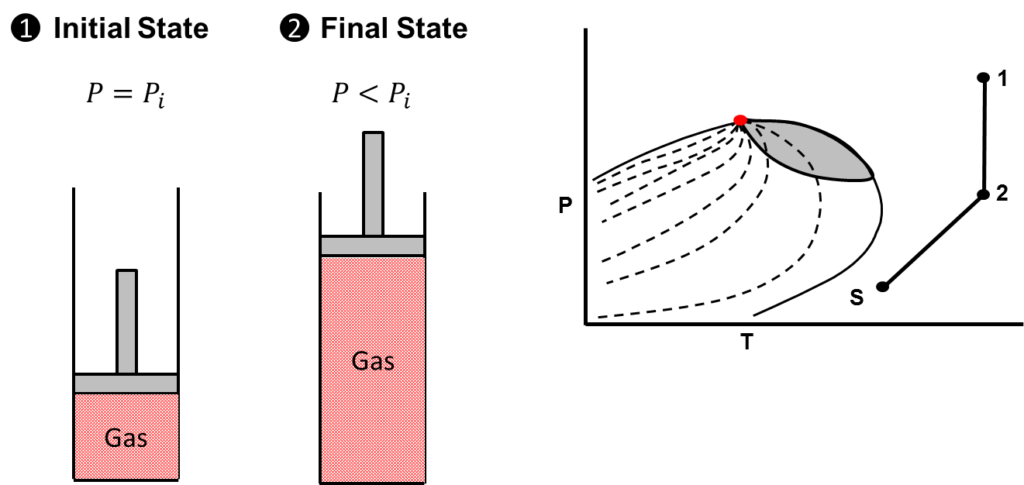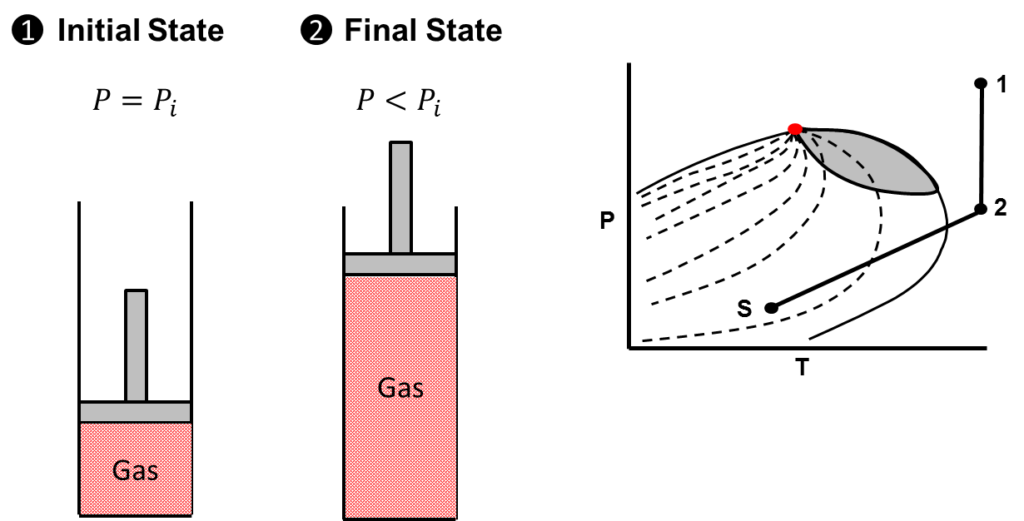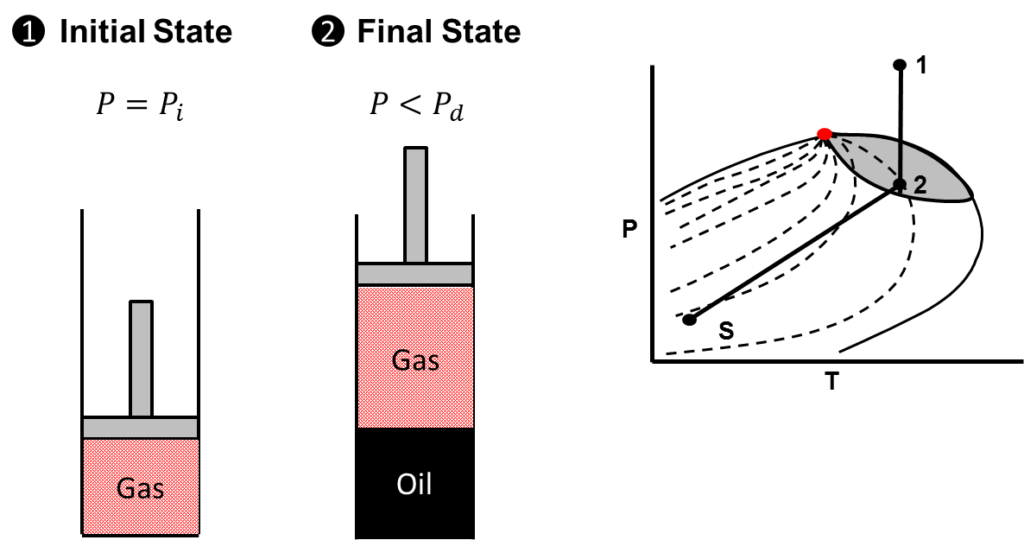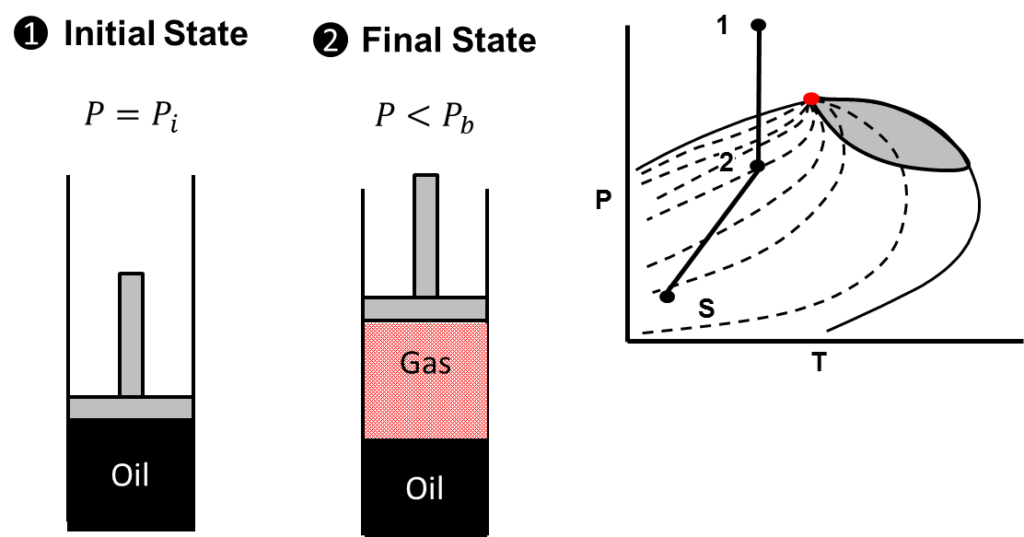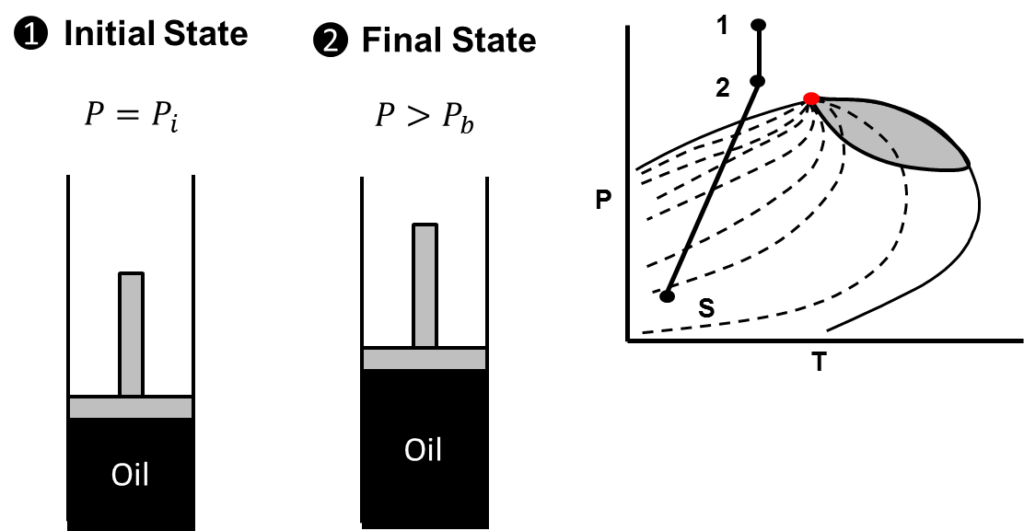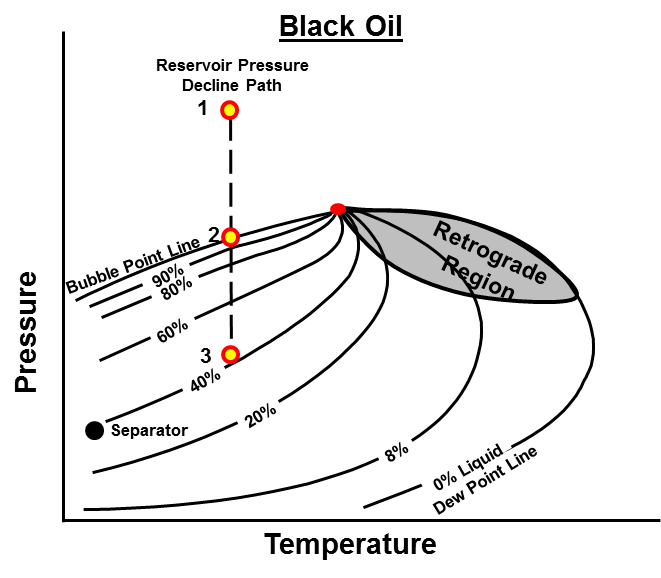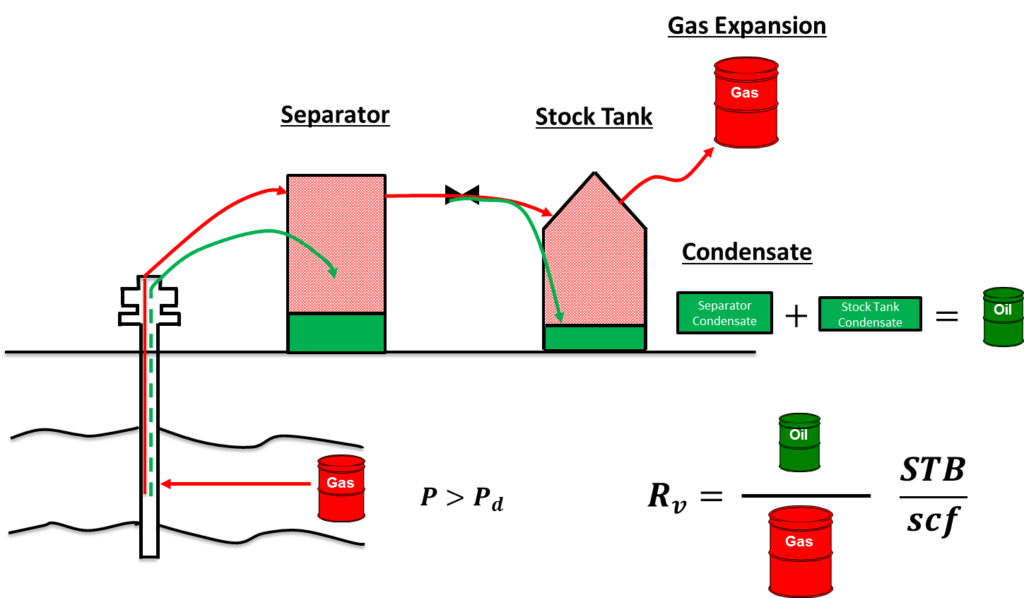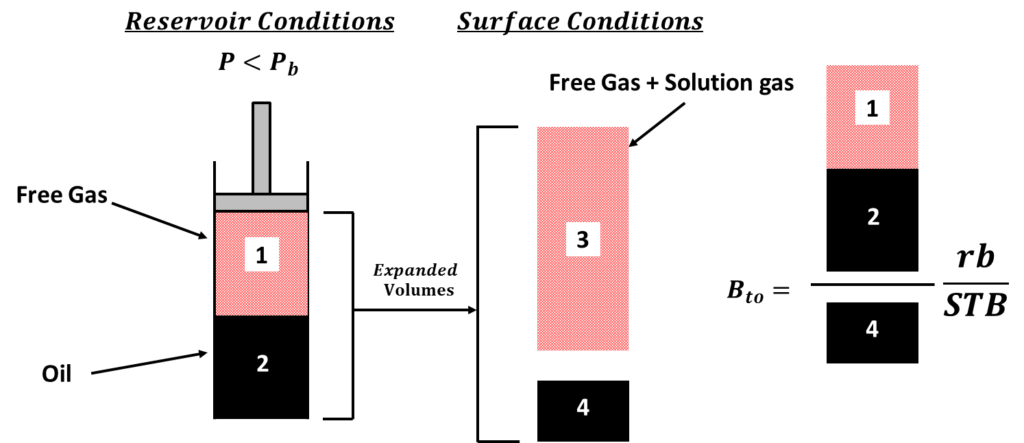Frictional Pressure Loss in a Pipeline
In engineering, fluid flow and programming is a big deal. A thorough understanding of fluid flow fundamentals is a requirement for any mechanical engineer. Whether your sizing a pump for a pipeline, designing a heat exchanger, or trying to alleviate bottlenecks in pipeline gathering systems, fluid flow shows up in many cases in our profession/career. …
